Home>Gardening & Outdoor>Outdoor Recreation & Activities>How To Lower Calcium Hardness In A Swimming Pool
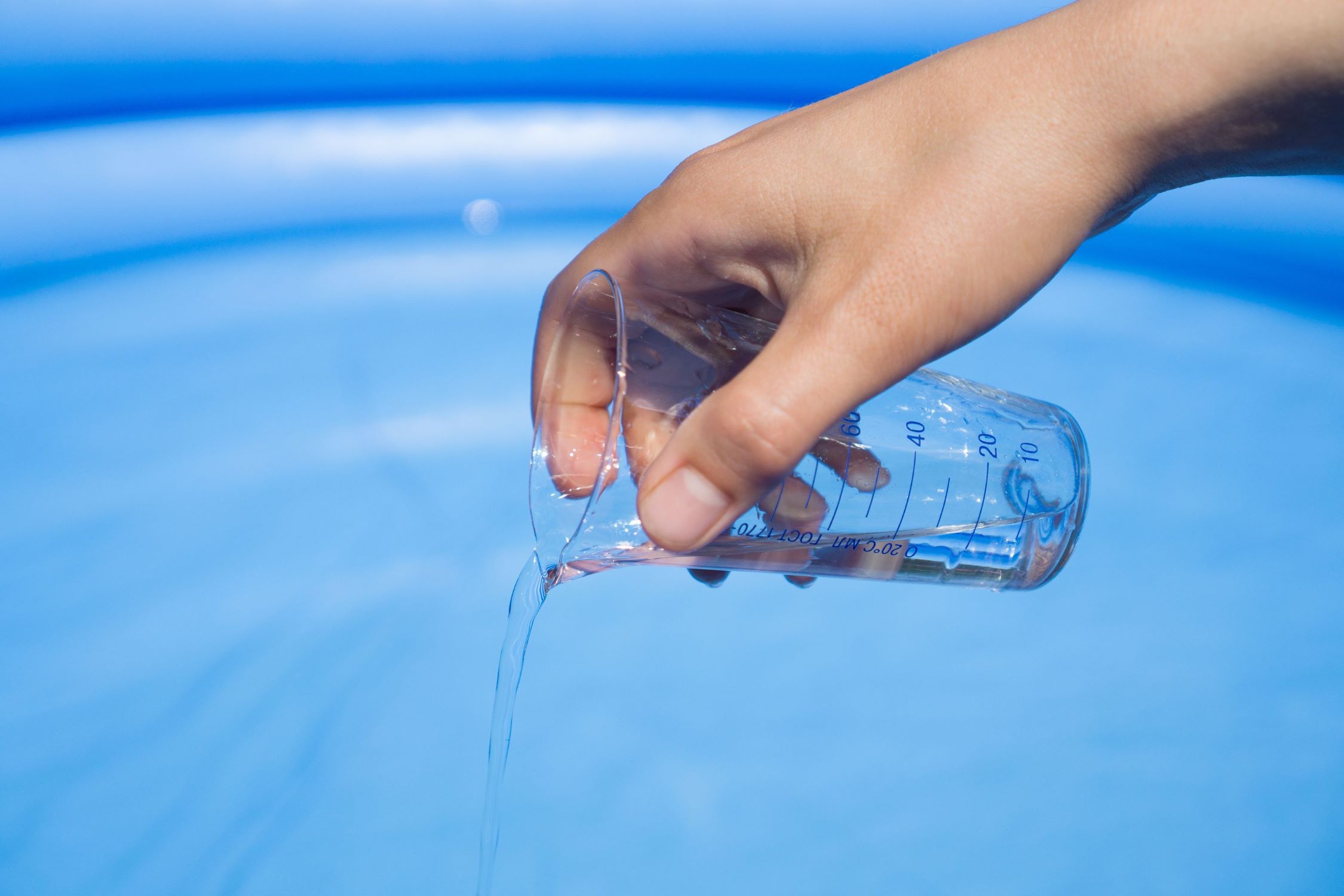

Outdoor Recreation & Activities
How To Lower Calcium Hardness In A Swimming Pool
Published: February 18, 2024
Learn effective methods to lower calcium hardness in your swimming pool and improve water quality. Discover outdoor recreation and activities tips for maintaining a balanced pool environment.
(Many of the links in this article redirect to a specific reviewed product. Your purchase of these products through affiliate links helps to generate commission for Storables.com, at no extra cost. Learn more)
Introduction
Maintaining a swimming pool involves a myriad of tasks, from skimming leaves off the surface to balancing the water chemistry. One crucial aspect of water chemistry that often requires attention is the calcium hardness level. Calcium hardness refers to the concentration of dissolved calcium in the pool water. While it is essential to have a certain level of calcium in the water to prevent corrosion and damage to the pool's structure, excessively high levels can lead to various issues. In this comprehensive guide, we will delve into the intricacies of calcium hardness in swimming pools, exploring its significance, causes, effects, testing methods, and most importantly, how to effectively lower it when necessary.
Proper maintenance of calcium hardness is vital for the longevity of the pool and the comfort of swimmers. High calcium hardness levels can result in cloudy water, scale formation on pool surfaces and equipment, and potential damage to the filtration system. Understanding how to manage and adjust calcium hardness is fundamental for pool owners and maintenance professionals alike. By gaining insight into the factors influencing calcium hardness and the methods to mitigate its adverse effects, individuals can ensure a safe, inviting, and well-maintained swimming environment for all to enjoy.
In the subsequent sections, we will explore the intricacies of calcium hardness, including its underlying causes, the potential repercussions of elevated levels, and the methods for testing and lowering calcium hardness in a swimming pool. By the end of this guide, readers will be equipped with the knowledge and practical know-how to effectively manage calcium hardness, thereby safeguarding the integrity and clarity of their pool water. Let's embark on this journey to unravel the nuances of calcium hardness and empower ourselves with the expertise to maintain pristine and inviting swimming pools.
Key Takeaways:
- Keep your pool water balanced
Maintain calcium hardness between 200-400 ppm to prevent cloudy water, scale formation, and equipment damage. Regular testing and targeted interventions are key to a pristine swimming environment. - Address high calcium hardness effectively
Lower calcium hardness through dilution, reverse osmosis, sequestering agents, and monitoring water sources. Proactive management ensures a comfortable and inviting swimming experience.
Read more: How To Lower Alkalinity In A Swimming Pool
Understanding Calcium Hardness
Calcium hardness is a critical aspect of swimming pool water chemistry, representing the concentration of dissolved calcium ions within the water. This parameter is a key component of the overall water quality, playing a pivotal role in maintaining the structural integrity of the pool and ensuring a comfortable swimming experience for users.
The ideal range for calcium hardness in a swimming pool typically falls between 200 and 400 parts per million (ppm). This range is considered optimal for preventing potential issues associated with both low and high levels of calcium hardness. When the calcium hardness level deviates from this range, it can lead to various challenges that necessitate prompt attention and remediation.
In regions with hard water, where the natural water source contains high levels of dissolved minerals, including calcium, the calcium hardness level in the pool water may be elevated. Conversely, in areas with soft water, the calcium hardness level may be insufficient, potentially leading to water that is corrosive to the pool's infrastructure.
Understanding the calcium hardness level is crucial for maintaining the pool's structural components. Adequate calcium hardness helps prevent the leaching of calcium from plaster, grout, and concrete surfaces, thereby mitigating the risk of etching and deterioration. Moreover, maintaining the recommended calcium hardness range contributes to the prevention of scale formation, which can mar the pool's aesthetic appeal and compromise the functionality of equipment such as filters and heaters.
By comprehending the significance of calcium hardness and its impact on pool water quality and infrastructure, pool owners and maintenance professionals can proactively monitor and manage this aspect of water chemistry. Regular testing and adjustment of calcium hardness levels are essential components of effective pool maintenance, ensuring that the water remains balanced, clear, and conducive to a safe and enjoyable swimming experience.
In the subsequent sections, we will delve deeper into the factors contributing to high calcium hardness, the potential effects of elevated levels, and the methods for testing and lowering calcium hardness in a swimming pool. This comprehensive exploration will equip readers with the knowledge and practical insights needed to navigate the complexities of calcium hardness management, fostering the longevity and pristine condition of their swimming pools.
Causes of High Calcium Hardness
-
Hard Water Sources: The primary cause of high calcium hardness in swimming pools often stems from the water source itself. In regions with naturally hard water, characterized by elevated levels of dissolved minerals, including calcium, the pool water is inherently predisposed to higher calcium hardness levels. When water from such sources is used to fill or top up the pool, it introduces an influx of calcium ions, consequently elevating the overall calcium hardness level.
-
Overuse of Calcium-Based Products: Another contributing factor to high calcium hardness is the excessive use of calcium-based pool products, such as calcium hypochlorite for chlorination or calcium chloride for adjusting water balance. When these products are applied in abundance without due consideration for the existing calcium hardness level, they can inadvertently lead to an accumulation of calcium ions in the water, pushing the hardness level beyond the recommended range.
-
Inadequate Water Dilution: Failure to dilute the pool water through regular backwashing of the filtration system or partial water replacement can also contribute to escalating calcium hardness levels. Without dilution, the concentration of dissolved minerals, including calcium, gradually increases, leading to a rise in calcium hardness over time.
-
Evaporation and Chemical Imbalance: As pool water evaporates, the dissolved minerals, including calcium, become more concentrated. If the pool water is frequently topped up to compensate for evaporation without addressing the resultant increase in mineral concentration, the calcium hardness level can steadily climb. Additionally, imbalances in the pool's overall water chemistry, such as inadequate pH and alkalinity levels, can exacerbate the impact of high calcium hardness.
-
Environmental Factors: Environmental influences, such as runoff from concrete surfaces, can introduce additional calcium into the pool water. Concrete, being a porous material, can leach calcium into the water, especially in the presence of acidic conditions. This influx of calcium from the pool's surroundings can contribute to elevated calcium hardness levels, necessitating proactive measures to mitigate its effects.
Understanding the diverse array of factors contributing to high calcium hardness is pivotal for effectively managing and maintaining the water quality of swimming pools. By identifying the underlying causes, pool owners and maintenance professionals can implement targeted strategies to address and mitigate high calcium hardness, thereby preserving the structural integrity of the pool and ensuring a pristine and inviting swimming environment.
Effects of High Calcium Hardness
High calcium hardness in swimming pool water can precipitate a range of adverse effects, impacting both the water quality and the pool's infrastructure. Understanding these effects is crucial for recognizing the signs of elevated calcium hardness and taking proactive measures to rectify the situation.
-
Cloudy Water: One of the most noticeable effects of high calcium hardness is the cloudiness of the pool water. Elevated levels of calcium can lead to the formation of insoluble calcium carbonate, resulting in a murky or cloudy appearance. This diminishes the water's clarity, detracting from the visual appeal of the pool and potentially causing discomfort to swimmers.
-
Scale Formation: High calcium hardness can give rise to scale formation on various pool surfaces, including the walls, floor, and equipment such as filters and heaters. The accumulation of calcium carbonate deposits can manifest as unsightly white or grayish scaling, compromising the aesthetic appeal of the pool and impeding the efficient operation of equipment.
-
Reduced Efficiency of Sanitizers: Excessive calcium hardness can interfere with the efficacy of sanitizing agents, such as chlorine. The presence of high calcium levels can hinder the ability of chlorine to effectively sanitize the water, potentially leading to inadequate disinfection and the proliferation of algae and bacteria.
-
Potential Damage to Infrastructure: Prolonged exposure to high calcium hardness levels can pose a threat to the pool's structural components. The formation of scale on surfaces and within plumbing systems can impede water flow and lead to blockages, potentially causing damage to the pool's infrastructure and necessitating costly repairs.
-
Diminished Comfort for Swimmers: Water with high calcium hardness may feel "hard" or "stiff" to swimmers, detracting from the overall comfort of the swimming experience. This can be attributed to the presence of excessive minerals, including calcium, which can affect the water's texture and potentially cause skin and eye irritation.
-
Increased Maintenance Requirements: Managing a pool with high calcium hardness necessitates increased maintenance efforts. Regular cleaning to address scale buildup, more frequent filter backwashing, and the need for specialized treatments to counteract the effects of high calcium hardness all contribute to heightened maintenance demands.
Recognizing these effects underscores the importance of maintaining optimal calcium hardness levels in swimming pools. By being attuned to the potential repercussions of high calcium hardness, pool owners and maintenance professionals can take proactive steps to mitigate these effects and preserve the water quality and structural integrity of the pool.
Testing Calcium Hardness Levels
Accurate and regular testing of calcium hardness levels is an indispensable aspect of effective pool maintenance. By monitoring the calcium hardness level, pool owners and maintenance professionals can gain valuable insights into the water quality and take proactive measures to ensure that the pool remains in optimal condition.
There are several methods available for testing calcium hardness levels in swimming pool water. One of the most common approaches involves the use of a reliable test kit specifically designed for measuring calcium hardness. These test kits typically utilize titration, a chemical analysis technique, to determine the concentration of calcium ions in the water. By following the instructions provided with the test kit, individuals can obtain precise measurements of the calcium hardness level, enabling them to assess whether it falls within the recommended range.
Another method for testing calcium hardness involves utilizing electronic testing devices. These digital tools offer a convenient and efficient means of obtaining accurate readings of calcium hardness levels. By immersing the electronic testing probe into the pool water and following the device's instructions, users can swiftly ascertain the calcium hardness level, facilitating prompt adjustments if necessary.
It is important to note that testing for calcium hardness should be conducted regularly, especially when filling the pool with water from a different source or when encountering issues such as cloudy water or scale formation. By incorporating calcium hardness testing into routine pool maintenance practices, individuals can promptly identify deviations from the optimal range and take timely corrective actions to restore the water to the recommended calcium hardness level.
Upon obtaining the test results, it is essential to interpret the findings in the context of the ideal calcium hardness range for swimming pools, which typically falls between 200 and 400 parts per million (ppm). If the test reveals that the calcium hardness level exceeds this range, measures to lower the calcium hardness should be considered to prevent potential issues associated with elevated levels.
In the subsequent section, we will delve into the methods for effectively lowering calcium hardness in a swimming pool, providing practical insights for addressing high calcium hardness and restoring the water to an optimal state. By understanding the testing methods and the significance of interpreting the results, individuals can navigate the complexities of calcium hardness management with confidence and precision.
Lowering Calcium Hardness
Addressing high calcium hardness in a swimming pool necessitates targeted interventions to effectively lower the calcium hardness level and restore the water to the recommended range. When confronted with elevated calcium hardness, pool owners and maintenance professionals can employ several strategies to mitigate its effects and prevent potential issues associated with excessively high levels.
Dilution through Partial Drainage and Refilling
One of the primary methods for lowering calcium hardness involves partial drainage of the pool water followed by refilling with fresh water from a source with lower calcium content. By diluting the existing pool water with water of lower calcium hardness, the overall concentration of calcium ions in the pool is reduced, thereby lowering the calcium hardness level. This approach is particularly effective when the calcium hardness level is significantly elevated and necessitates a substantial reduction to align with the optimal range.
Utilization of Reverse Osmosis
Employing reverse osmosis, a water purification process that removes impurities and minerals from the water, can be an effective means of lowering calcium hardness in a swimming pool. Through reverse osmosis, the pool water is circulated through a specialized filtration system that selectively removes calcium ions and other dissolved minerals, resulting in a reduction of the overall calcium hardness level. This method offers a targeted approach to lowering calcium hardness while preserving the existing pool water, making it a viable option for addressing high calcium levels without the need for complete water replacement.
Addition of a Sequestering Agent
Introducing a sequestering agent to the pool water can aid in lowering calcium hardness by sequestering or binding the excess calcium ions, preventing them from precipitating and forming scale. Sequestering agents function by encapsulating the calcium ions, rendering them chemically inactive and less prone to contributing to scale formation. This approach is particularly beneficial for managing moderately high calcium hardness levels and can complement other methods of calcium hardness reduction.
Monitoring and Adjusting Water Sources
Regular monitoring of the water source used to fill or top up the pool is essential for managing calcium hardness. By selecting water sources with lower calcium content, pool owners can proactively mitigate the introduction of excessive calcium ions into the pool water. Additionally, implementing measures to treat the incoming water, such as utilizing specialized filtration systems or water softeners, can contribute to maintaining the calcium hardness at an optimal level.
By implementing these targeted strategies for lowering calcium hardness, pool owners and maintenance professionals can effectively manage high calcium levels and safeguard the water quality and structural integrity of the pool. Each approach offers a distinct means of addressing elevated calcium hardness, providing flexibility and tailored solutions to suit the specific requirements of the pool. Through proactive management and timely interventions, individuals can ensure that their swimming pools maintain optimal calcium hardness levels, fostering a pristine and inviting environment for swimmers to enjoy.
To lower calcium hardness in a swimming pool, you can use a calcium hardness reducer or dilute the pool water with fresh water. Regularly testing and balancing the pool water can help prevent high calcium levels.
Conclusion
In conclusion, the management of calcium hardness in swimming pools is a critical aspect of effective pool maintenance, with far-reaching implications for water quality, structural integrity, and the overall swimming experience. By gaining a comprehensive understanding of calcium hardness, including its significance, causes, effects, testing methods, and strategies for lowering elevated levels, pool owners and maintenance professionals can proactively safeguard the condition and clarity of their pools.
The ideal range for calcium hardness, typically falling between 200 and 400 parts per million (ppm), serves as a benchmark for maintaining balanced water chemistry and preventing potential issues associated with both low and high levels of calcium hardness. When the calcium hardness level deviates from this range, it can lead to a myriad of challenges, including cloudy water, scale formation, reduced sanitizer efficacy, potential infrastructure damage, diminished swimmer comfort, and increased maintenance requirements.
Regular testing of calcium hardness levels is paramount, enabling individuals to monitor the water quality and promptly identify deviations from the optimal range. By utilizing reliable test kits or electronic testing devices, pool owners can obtain accurate measurements of calcium hardness, empowering them to take informed corrective actions when necessary.
Addressing high calcium hardness demands targeted interventions, such as dilution through partial drainage and refilling, utilization of reverse osmosis, addition of sequestering agents, and monitoring and adjusting water sources. These strategies offer tailored approaches to lowering calcium hardness, allowing individuals to mitigate its effects and preserve the pristine condition of their pools.
By navigating the complexities of calcium hardness management with diligence and precision, individuals can ensure that their swimming pools remain inviting, safe, and conducive to a delightful swimming experience. Embracing proactive measures to maintain optimal calcium hardness levels is instrumental in fostering the longevity and clarity of pool water, ultimately enhancing the overall enjoyment and satisfaction of swimmers.
In essence, the effective management of calcium hardness is a cornerstone of exemplary pool maintenance, underscoring the commitment to providing a pristine and inviting aquatic environment for all to relish. By integrating the insights and strategies outlined in this guide, individuals can embark on a journey of informed and proactive calcium hardness management, ensuring that their swimming pools remain a source of joy, relaxation, and rejuvenation for years to come.
Frequently Asked Questions about How To Lower Calcium Hardness In A Swimming Pool
Was this page helpful?
At Storables.com, we guarantee accurate and reliable information. Our content, validated by Expert Board Contributors, is crafted following stringent Editorial Policies. We're committed to providing you with well-researched, expert-backed insights for all your informational needs.
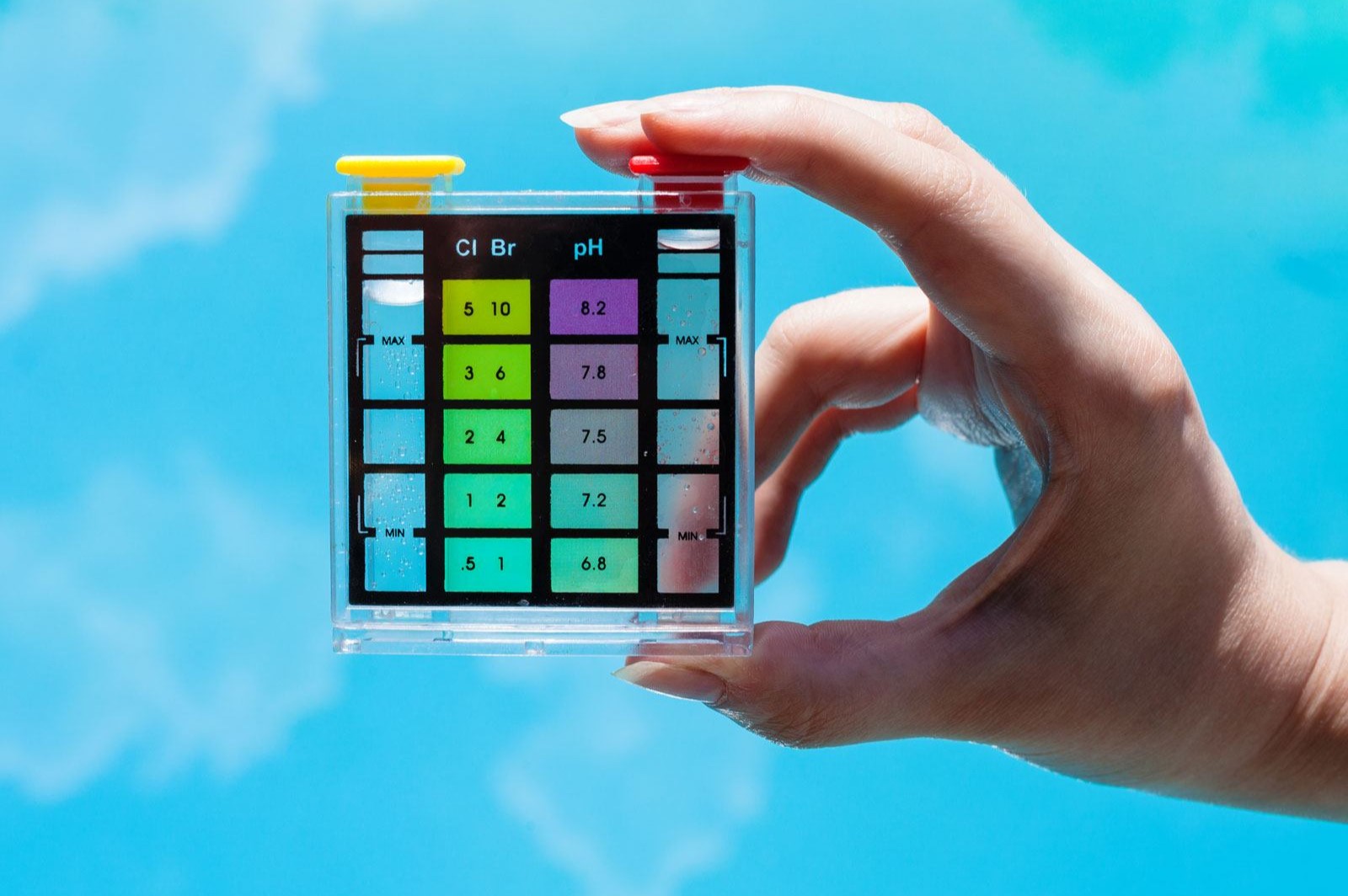
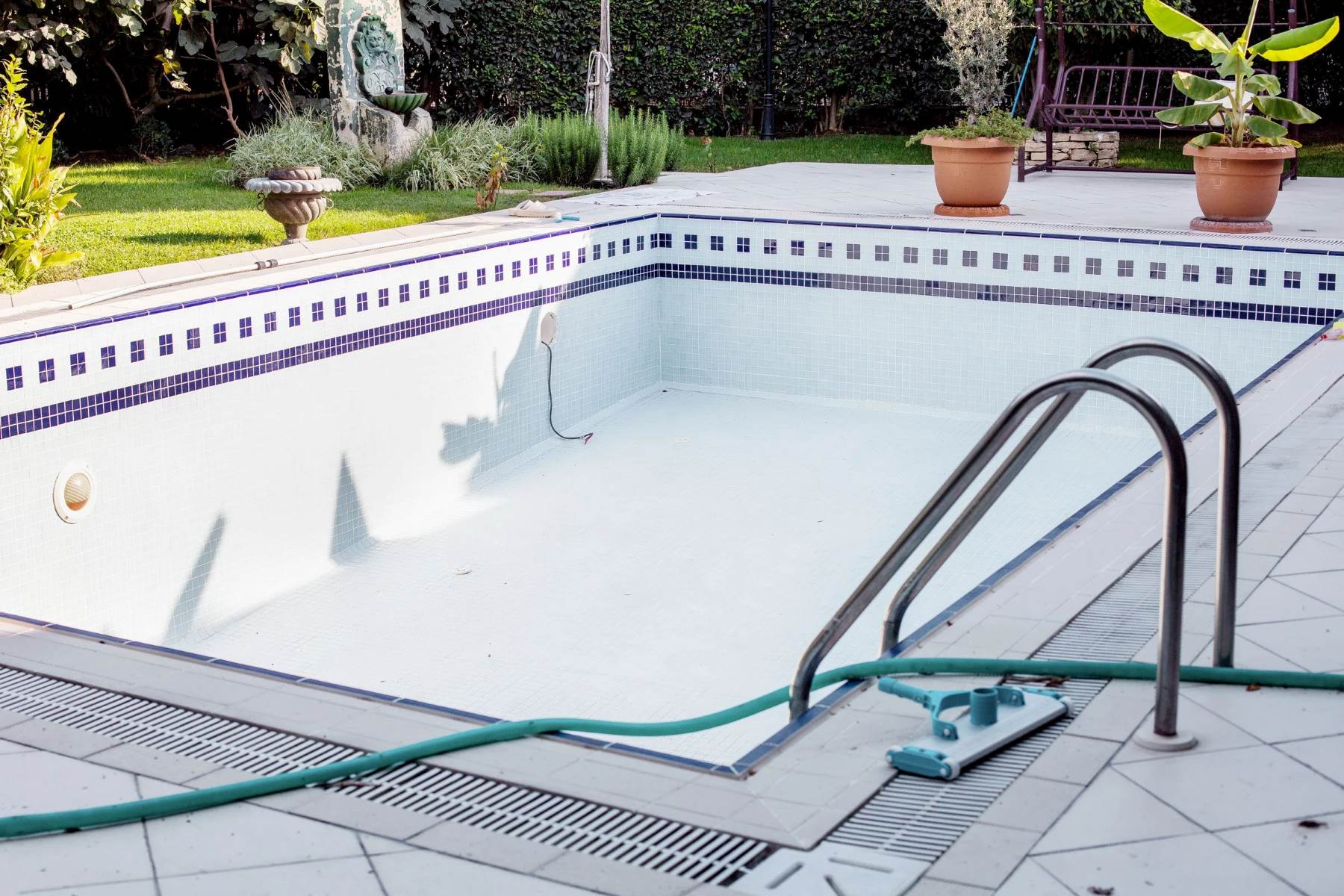
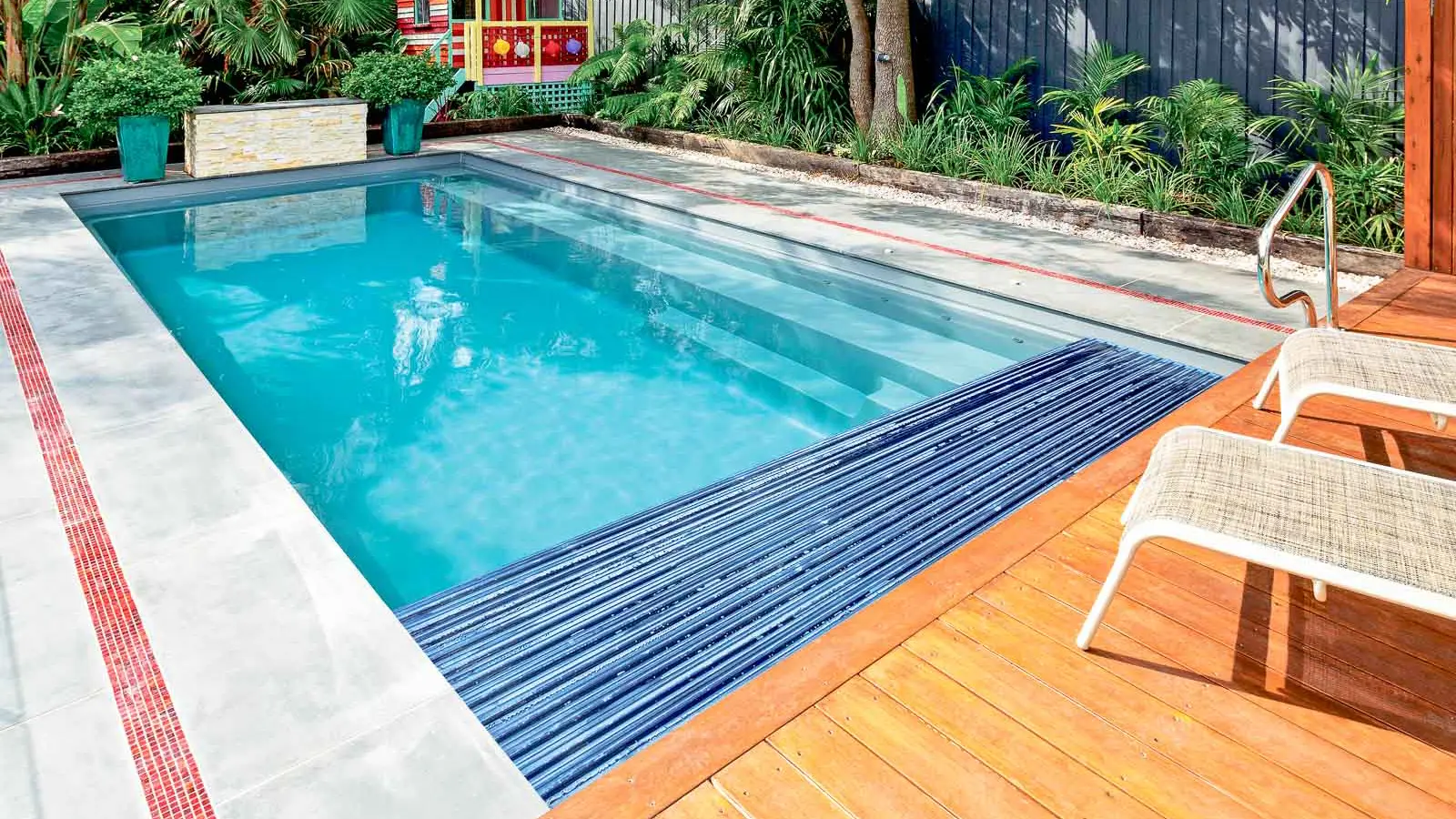
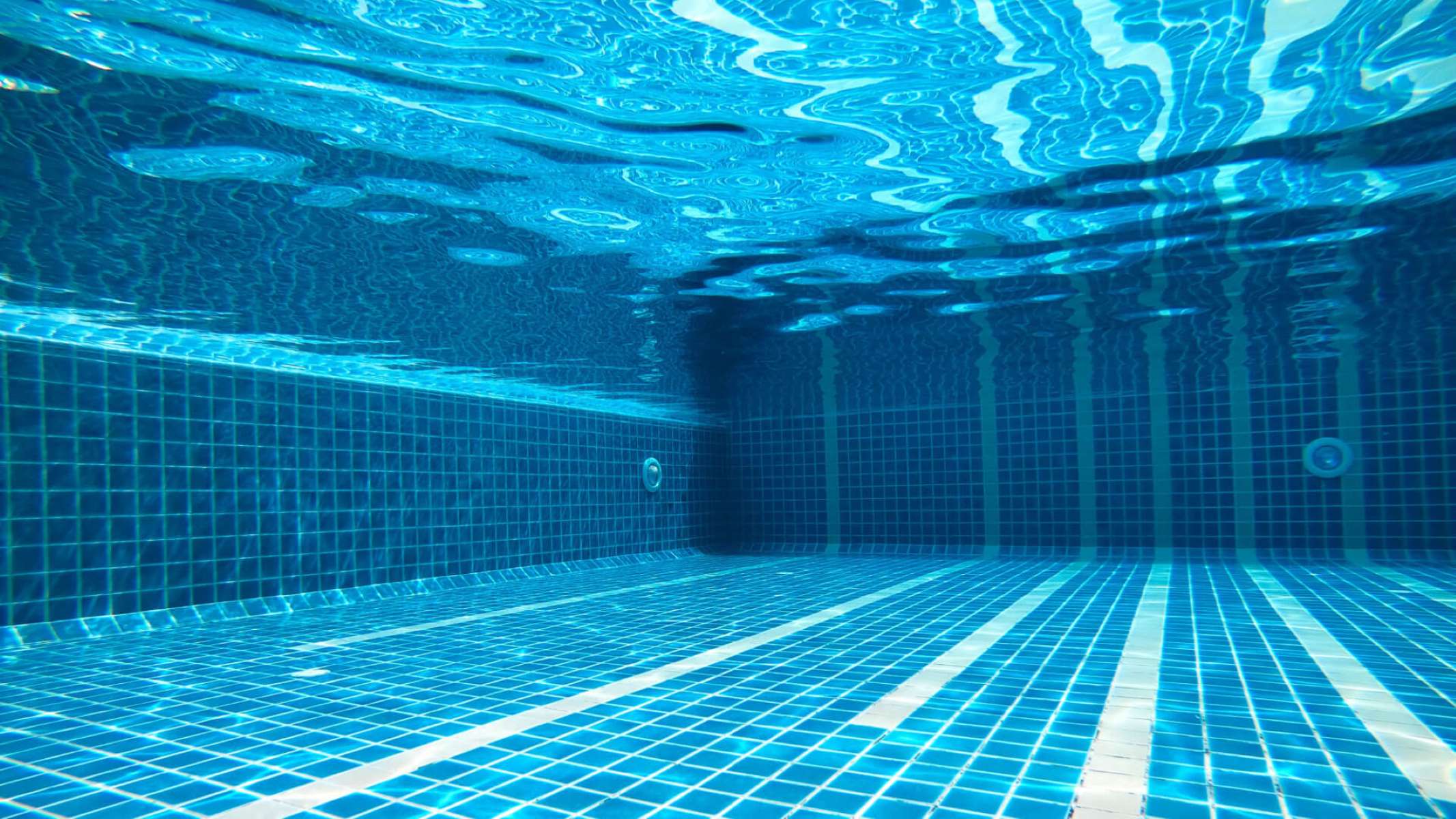

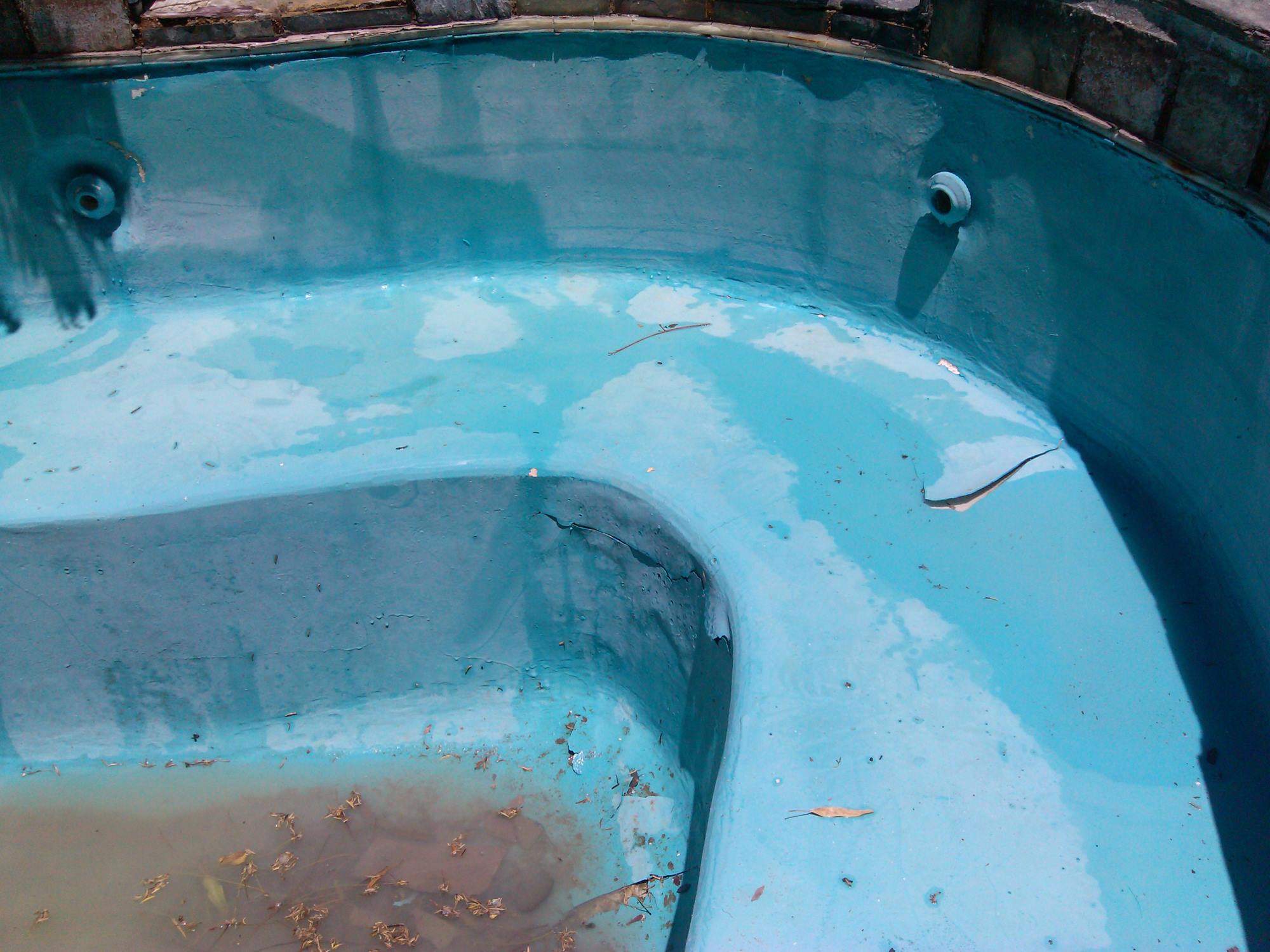

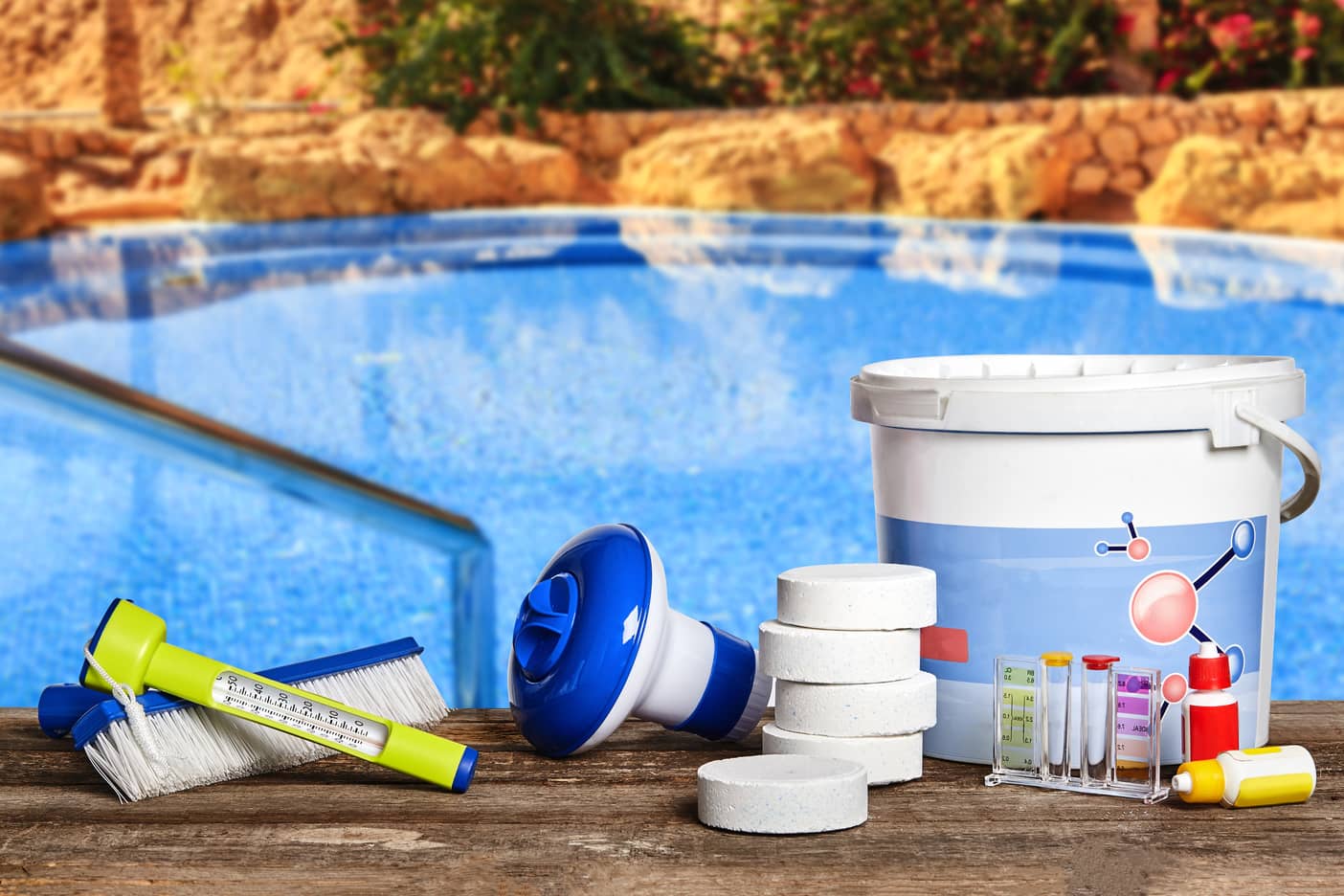
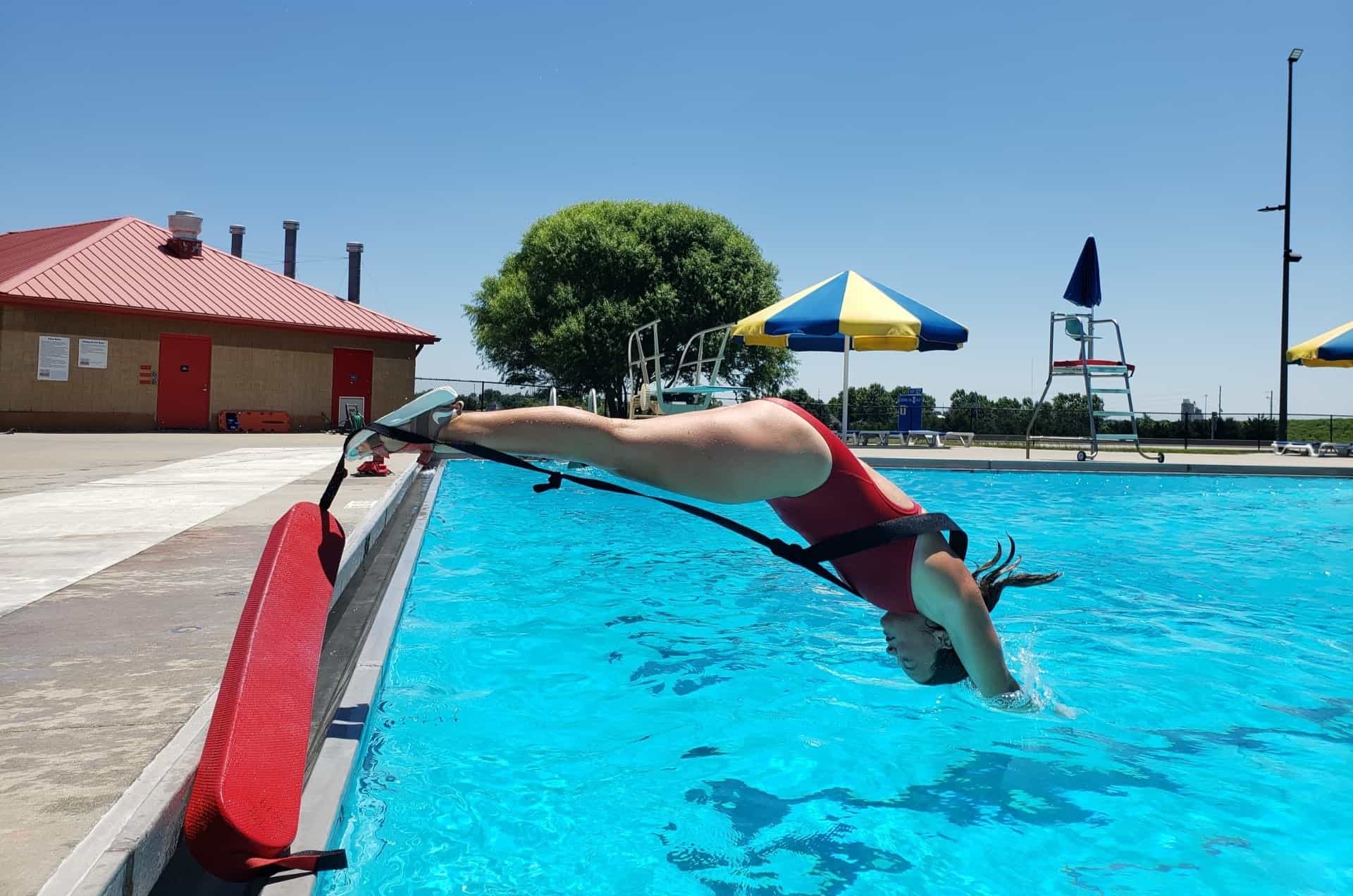
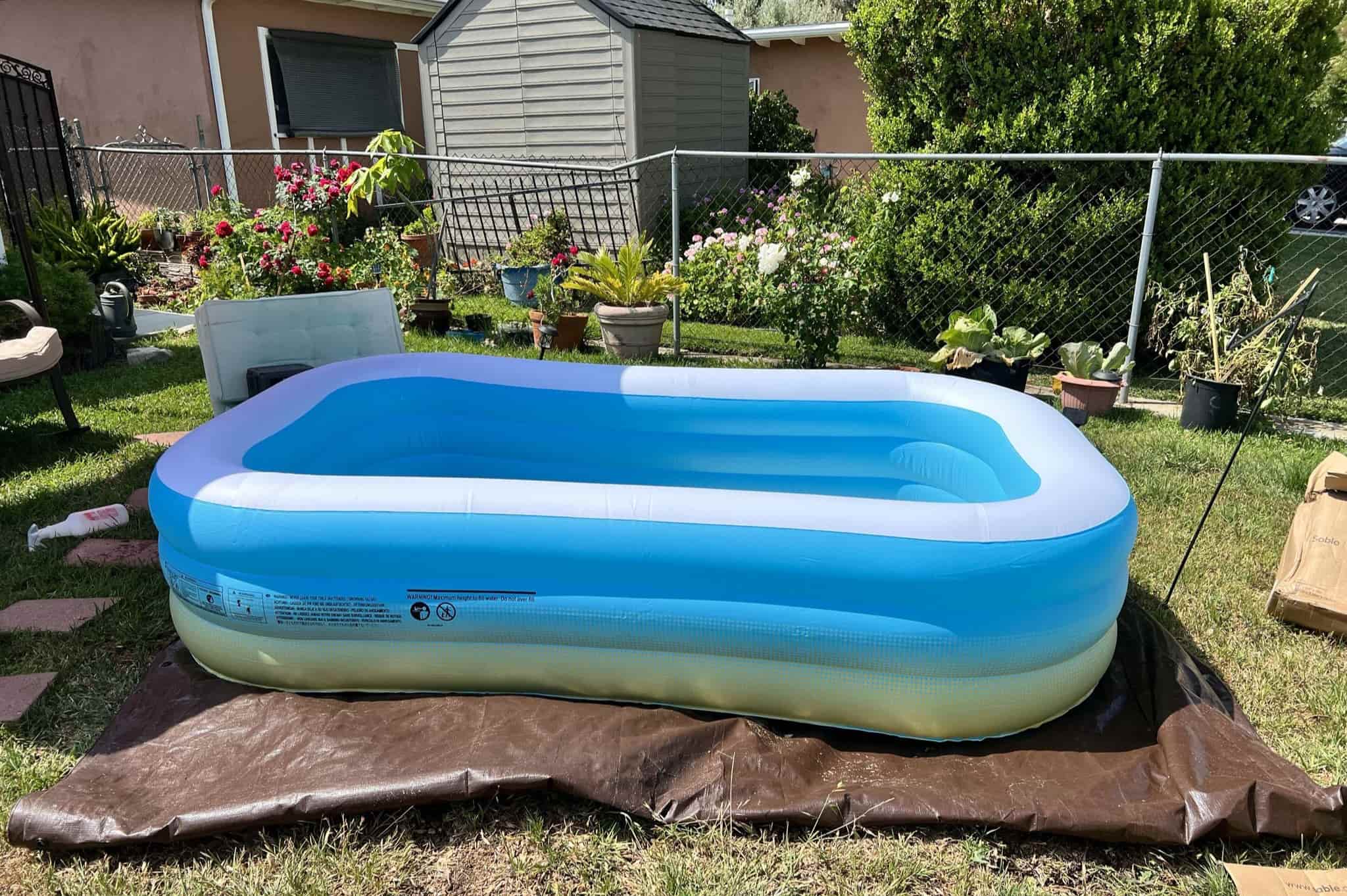

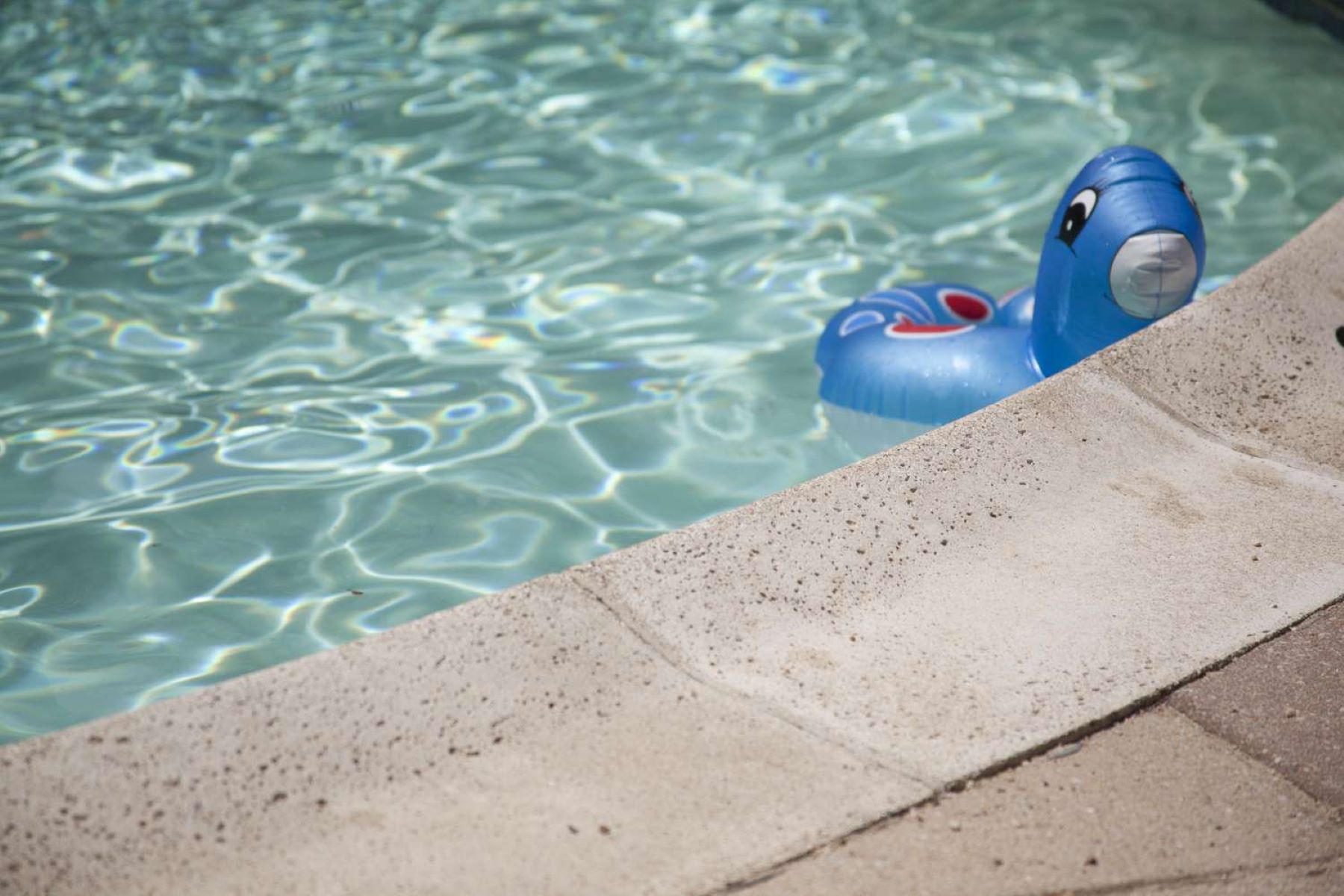


0 thoughts on “How To Lower Calcium Hardness In A Swimming Pool”